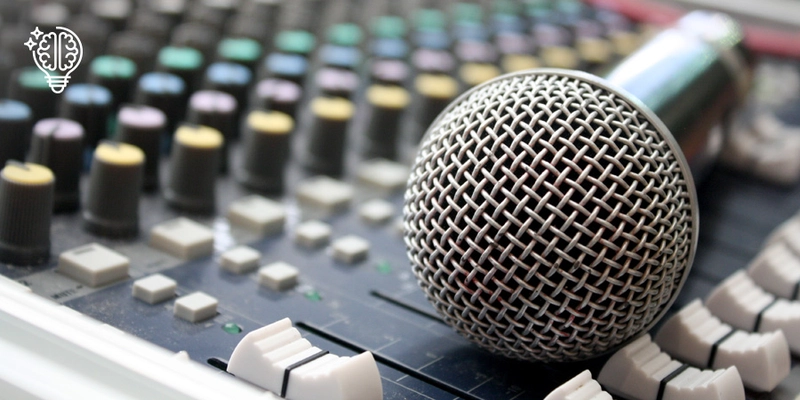
Discover the details and implications of translating sound to electrical signals
Microphones form the backbone of everything from phone communication and musical recording, to more recent applications such as voice commands. Inside a microphone is a diaphragm that is set in motion by sound waves. This vibrating diaphragm creates a small alternating electrical current in one of two main ways.
Dynamic microphones have a coil attached to the diaphragm, which moves relative to a stationary magnet. This movement induces a current in the coil, which is then directed to the microphone output. They're robust and forgiving, making them excellent for amplifying live vocals, or in wireless microphones for PA systems. Some high-quality microphones are designed for use with noise-cancelling balanced audio cables.
In a condenser microphone, the diaphragm is charged and acts as one plate of a capacitor, while the other charged plate is stationary behind it. As sound waves move the diaphragm, the change in capacitance causes alternating swings of charge and discharge.
The diaphragm and back plate need to be supplied with voltage, which usually comes from phantom power supplied via the mic cable or an onboard battery. A condenser mic designed for streaming and computer use draws power from a USB connection.
An electret microphone uses the condenser principle, but includes a permanently charged electret material. A little like a permanent magnet compared to an electromagnet, this does not need an external power supply to function.
The capsule of an electret condenser can be extremely small, making it the component of choice for everything from wireless earphones and Bluetooth® headsets to tie-clasp mics and even voice-assisted remotes.
Check out our full range of microphones.

